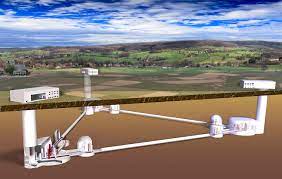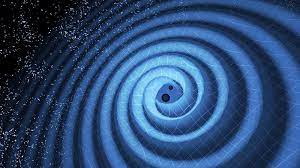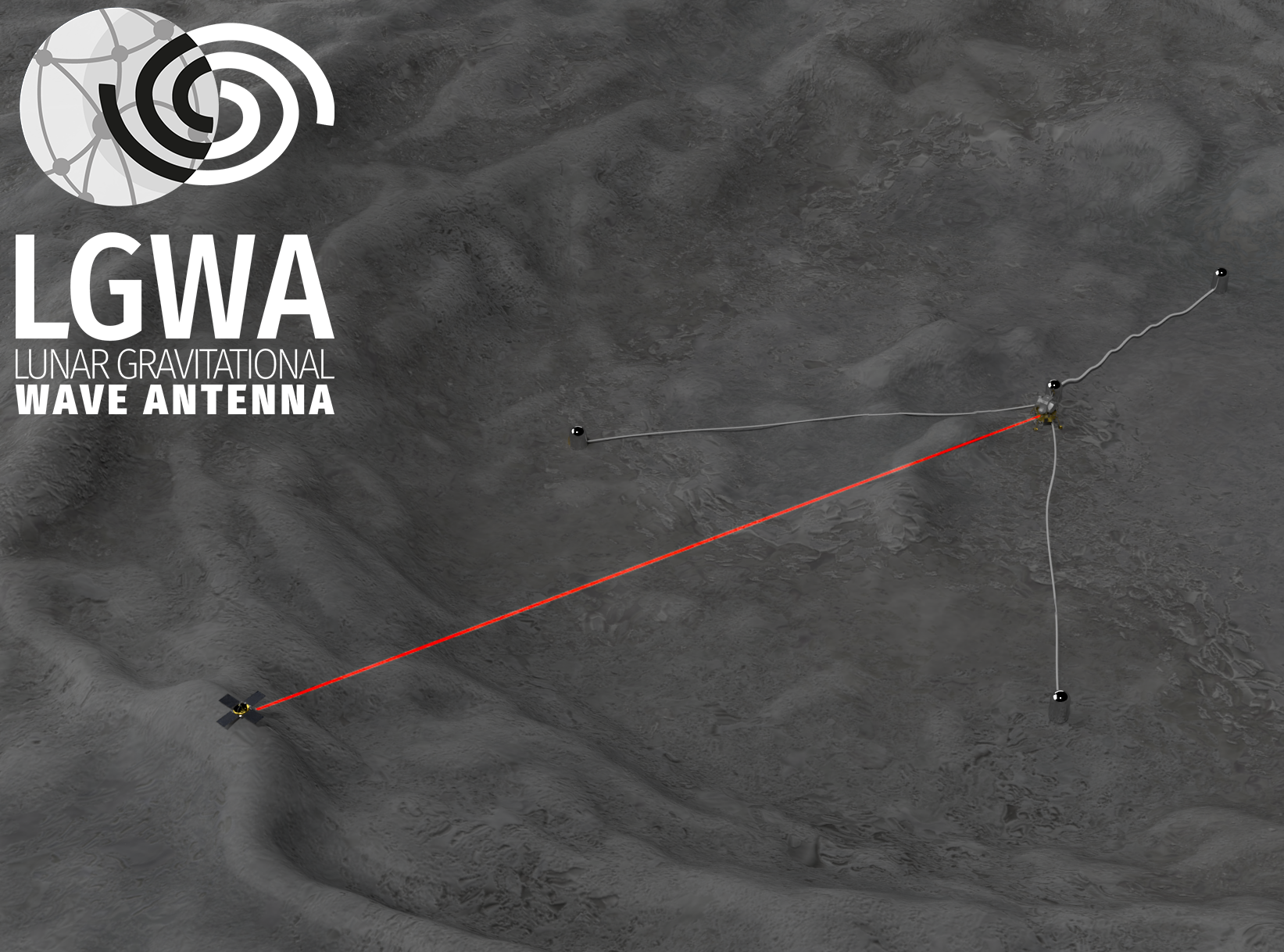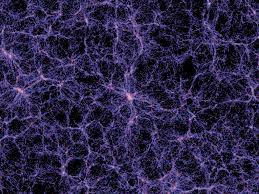Research
Einstein Telescope GW cosmology LGWA EFT of Dark Energy
Einstein Telescope
The Einstein Telescope is the European project for a ground-based detector of gravitational waves of next generation. I contribute to the activities of the Observational Science Board, in charge of studying ET science. Here are some of my main contributions:
- I am one of the coordinators of the division "Detector configurations and Common Tools" (Div. 9) of the Observational Science Board.
- I developed GWFAST (available on GitHub), a python code conceived in 2022 at the University of Geneva to compute signal-to-noise ratios and parameter estimation capabilities for networks of GW detectors, using the Fisher information matrix formalism and a vectorised JAX implementation. The code is presented in F. Iacovelli, M. Mancarella, S. Foffa and M. Maggiore, GWFAST: A Fisher Information Matrix Python Code for Third-generation Gravitational-wave Detectors, Astrophys.J.Supp. 263 (2022) 1, 2 , arXiv:2207.06910. In F. Iacovelli, M. Mancarella, S. Foffa and M. Maggiore, Forecasting the detection capabilities of third-generation gravitational-wave detectors using GWFAST, Astrophys. J. 941 (2022) 208, arXiv:2207.02771 we provided a thorough study of the capabilities of ET as a single detector and in a network with other detectors in detecting and reconstructing the parameters of different classes of coalescing compact objects. In a recent work led by V. De Renzis we extended GWFAST to forecast constraints on population properties of merging compact objects, see arXiv:2410.17325
- I contributed, and I am contributing, to several pivotal studies to assess the optimal configuration, location and design of the experiment. In particular, the "Blue Book" The Science of the Einstein Telescope, arXiv:2503.12263 is a comprehensive and detailed study of the impact of ET on a broad and diverse range of scientific domains. I contributed to several chapters, including cosmology, software tools, and synergy with other detectors. Previously, M. Branchesi, M. Maggiore et al., Science with the Einstein Telescope: a comparison of different designs, arXiv:2303.15923 had studied the impact on the science outcome of the experiment of variations of its design, location, arm-length, and sensitivity, with a crucial impact on the final decision on the design. Other variation on the baseline configurations are studied in two additional short-authored papers .
- Other short-authored papers with more focus on specific science cases are related to cosmology , nuclear physics , Primordial Black Holes observations, multimessenger astronomy, stochastic GW backgrounds, population properties of merging compact binaries.

Gravitational-wave cosmology
Coalescing binaries at cosmological distances are powerful probes of the Universe’s expansion history. The strength of the gravitational-wave (GW) signal depends on the luminosity distance, which can be reconstructed directly from GW data without external calibration. This makes gravitational waves “standard sirens” - in analogy to the well-known "standard candles" in cosmology. When both distance and redshift are known, one can measure cosmological parameters—most notably the Hubble constant \( H_0\). However, gravitational-wave observations often cannot independently determine the source redshift, as it is perfectly degenerate with the intrinsic mass. This degeneracy can be broken if an electromagnetic counterpart is observed, as in the detection of GW170817 and its associated gamma-ray burst GRB 170817A. Such systems are called bright sirens, though they represent only a small fraction of events. The more common dark sirens, lacking an electromagnetic counterpart, require statistical approaches that combine many sources with astrophysical or catalog-based priors. I study the application of standard siren techniques to LIGO/Virgo data and to future gravitational-wave observatories. Three specific questions I am interested in are:
- Do gravitational waves propagate as predicted by General Relativity? Many theories that modify General Relativity at cosmological scales predict an additional friction term in the propagation of GWs, altering the inferred luminosity distance. This effect can be parameterized by a parameter \( \Xi_0\) that can be measured with bright and dark sirens. General Relativity is defined by \( \Xi_0=1\). I am interested in determining if data are consistent with the GR prediction.
- What is the value of the Hubble constant? The Hubble constant, which sets the local expansion rate of the Universe, is at the center of the well-known “Hubble tension”: local measurements and CMB-based inferences differ at the 4-5 \( \sigma\) level. Gravitational waves provide a third, independent way to measure the distance–redshift relation and to help resolve this discrepancy.
- How do cosmology and astrophysics intersect in GW observations? Cosmology shapes the observed population of compact binaries, while astrophysical knowledge is essential to calibrate cosmological inference. I am particularly interested in exploring this interplay, where population studies and cosmology inform one another, but from an (astro)physical point of view and from the point of view of consistent, accurate, large-scale statistical inference.
LIGO–Virgo–KAGRA Collaboration
Since 2023, I have been a member of the Virgo Collaboration, contributing to the Cosmology Group, where I serve as one of the two coordinators of the cosmological pipelines development subgroup. The collaboration recently released the updated gravitational-wave transient catalog, GWTC-4.0. See here for the complete list of papers and data products, and here for science summaries. I contributed to the O4a cosmology paper, which provides state-of-the-art constraints on \( H_0\) and \( \Xi_0\). A concise overview of the methods and results can be found in this summary.
Recent Short-Authored Contributions
- Inference techniques for cosmology and population studies: Development of high-dimensional (≫100) inference schemes for dark sirens and population studies, using modern probabilistic programming to improve accuracy and explore the interplay between single-event and population-level properties. See the paper here and the code on GitHub.
- Accurate bright siren cosmology: Introduced a method to remove a key source of systematic error in bright siren measurements, published in Physical Review Letters (arXiv:2405.02286).
- Dark sirens: Co-developer of CHIMERA (Combined Hierarchical Inference Model for Electromagnetic and gRavitational-wave Analysis), led by N. Borghi (University of Bologna). This pipeline jointly analyzes GW and galaxy catalogs, rigorously accounting for selection biases and population effects. The project is open-source on GitHub, and the associated paper recently appeared in ApJ, arXiv:2312.0530.
Euclid Collaboration
I am also a member of the Euclid Consortium, a space mission currently acquiring spectroscopic and photometric data. I participate in the Euclid gravitational-wave working group, where I coordinate the dark siren subgroup. A recent paper explores the cosmological potential of combining Euclid with GW surveys using tomographic angular cross-correlations; see here.
Earlier Contributions
With previous data releases of the LVK, I was among the first to apply dark sirens techniques to tests of GR at cosmological scales, at the time not covered by the collaboration. Two relevant papers are- Mancarella, Genoud-Prachex & Maggiore (Phys. Rev. D 105, 064003, 2022, arXiv:2112.05728): Used features in the binary black hole mass distribution with GWTC-3 data to obtain what was at the time the most stringent constraint on modified gravitational-wave propagation. Developed MGCosmoPop, available on GitHub.
- Finke et al. (JCAP 08 (2021) 026, arXiv:2101.12660): Applied dark siren techniques with the GLADE catalog to GWTC-2, later extended to GWTC-3 with GLADE+. Developed DarkSirensStat, open-sourced on GitHub. This was the first application of dark sirens to test GR at cosmological scales.

The Lunar Gravitational-Wave Antenna
Building gravitational-wave detectors on the surface of the Earth (like Virgo, LIGO, and Kagra) or in space (like LISA) is not the unique possibility for detecting them. For example, gravitational waves make the Moon vibrate, and those vibrations can be captured by inertial sensors placed on its surface, providing a planetary-scale gravitational-wave antenna. This would allow to measure gravitational waves in the decihertz band, filling a gap between ground and space based detectors with important consequences for astrophysics and cosmology. Recently, I contributed to a first comprehensive analysis of the Lunar Gravitational Wave Antenna science case. The preprint is available at arXiv:2404.09181.
The effective theory of dark energy
The Effective Theory of Dark Energy amounts to the description of linear cosmological perturbations in scalar-tensor theories of gravity through all the possible operators compatible with symmetries. It provides a simple yet general way to bridge theory and observations, and allows to test General Relativity with observations of the Large Scale Structures of the Universe and of the Cosmic Microwave Background radiation. This approach fully takes into account the respect of basic principles of physics (locality, causality) when analysing data, and allows a direct link of the observables to physically meaningful parameters of the action, at the same time. This was the subject of my PhD thesis.My main contributions were the study of the coupling of gravity to matter fields to test the Equivalence Principle at cosmological scales, the first comprehensive treatment of the most general class of modified gravity theories of the "scalar-tensor" type, known as "DHOST", and the first forecasts for Large Scale Structures observables. My papers on the subject can be found at this link.
Recently, with the group of C. Bonvin at the University of Geneva, we studied extensively a way of constraning the breaking of the Equivalence Principle and deviations from General relativity with the distortion of time that induces a dipole in the two-point correlation of galaxies. The paper is available at arXiv:2311.14425.